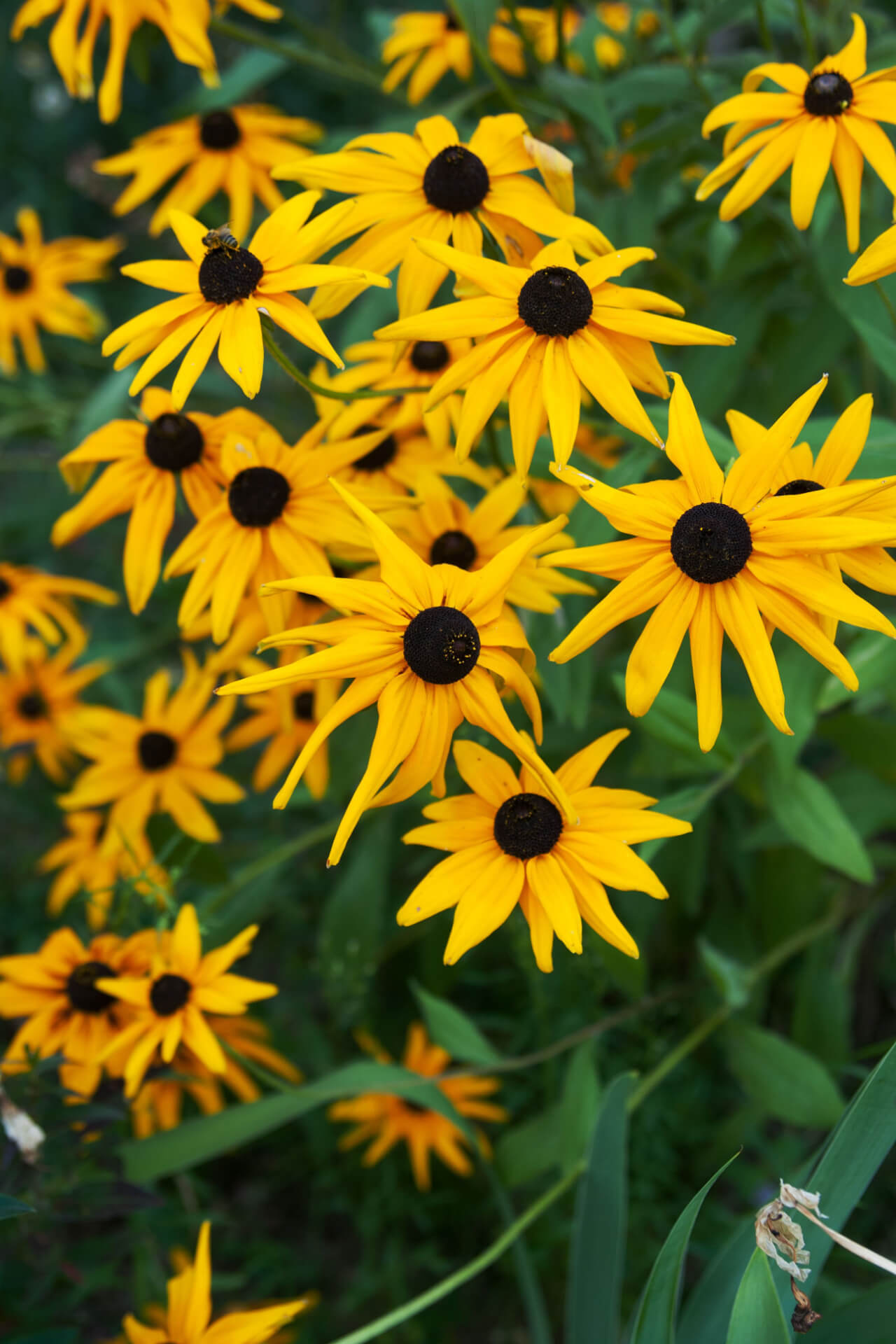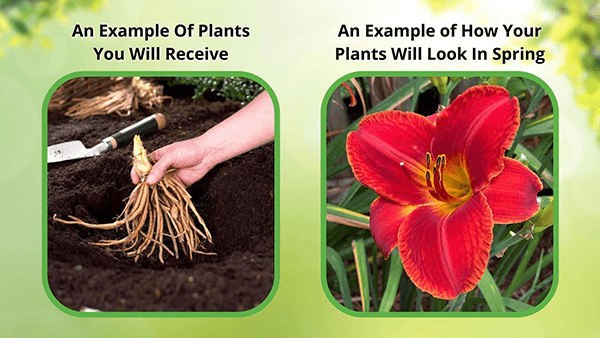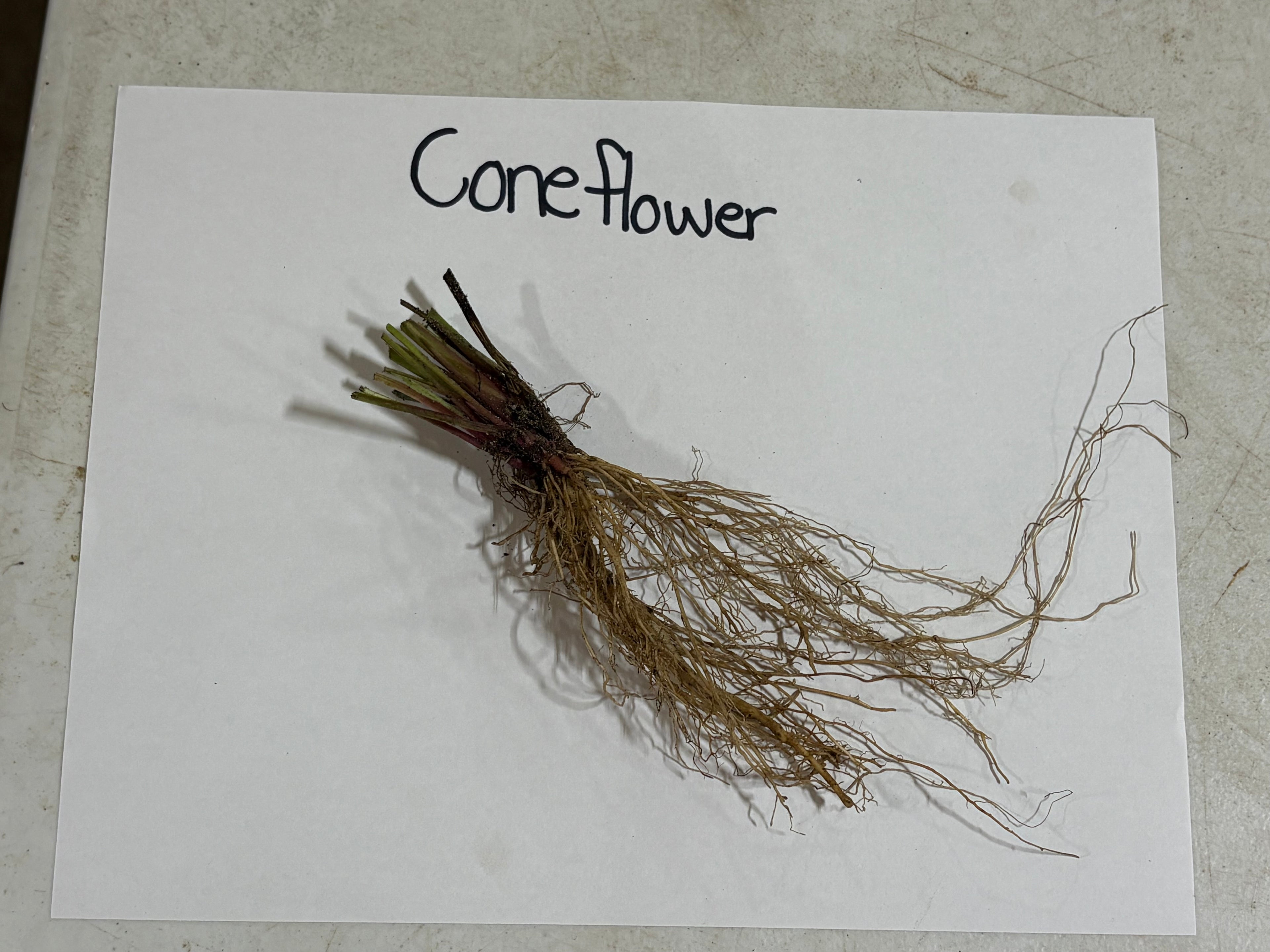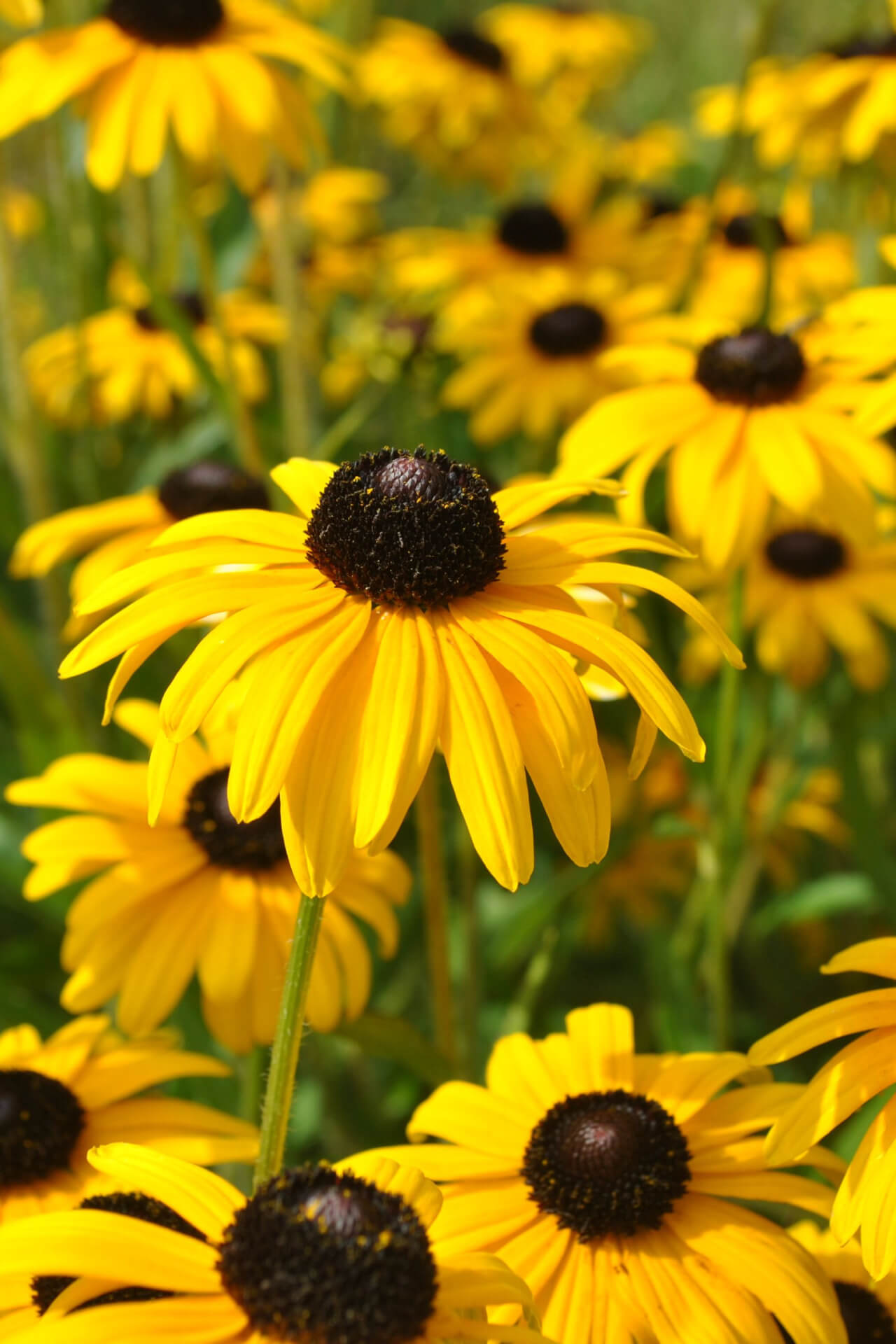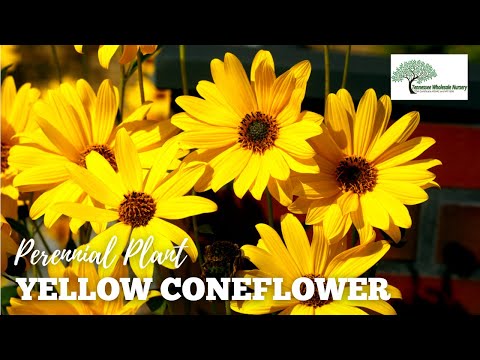Yellow Coneflowers For Sale
The Yellow Coneflower is a perennial flower native to the Midwest's prairies and savannahs. It’s characterized by its dramatically drooping, yellow petals, which stand out brightly like drops of sunlight among the prairie grasses. These hardy plants are self-seeding and maintain a network of branched roots, allowing them to spread with ease up to 2 ft around the parent plant. They can grow up to 3 ft high and bloom from early summer to early fall, adding stunning visual interest and complexity to your gardenscape!
Plant Details - Yellow Coneflower
Family: Asteraceae
Light Requirement: Full sun
Water Needs: Moderate
Height: Up to 3 ft tall
Spread: 1.5-2 ft
Growth Rate: Moderate
Bloom Time: Early Summer - Early Fall
Flower Color: Yellow
Wildlife Value: Attracts bees, butterflies and birds
Notable Characteristics of Yellow Coneflower
The Yellow Coneflower gets its name from its cone-shaped center head, which is a rich brown at full maturity, and prickly to the touch, similar to a pine cone. The stem is fibrous, thin, and hairy, making it sturdy enough to withstand the fierce prairie winds. Plus, you might just have this plant in your medicine cabinet! Echinacea, made from coneflower roots, has many medicinal uses, including supporting immune function and treating respiratory infections.
Landscape and Maintenance of Yellow Coneflower
This cone-shaped plant is drought-resistant and able to withstand heat, flooding, frost, you name it, making it highly adaptable to areas of mixed climate. The Yellow Coneflower thrives in moist, sandy, well-drained soil and tolerates clay and high salinity. It is a self-sufficient plant that preserves its beauty with very little maintenance once it's been established.
Plant Yellow Coneflower with other perennials to support its growth and contrast its sunny, yellow color. Native to the American Midwest, this plant is highly resilient and attracts pollinators like butterflies and bees, while its seeds provide much-needed food for birds. The lightly fragrant blossoms and promise of attracting wildlife fauna make it a stunning addition to a prairie or meadow garden.
Exposure
Yellow Coneflower flourishes in full sun to partial shade. It favors at least six hours of direct sunlight daily but can tolerate light shade, especially in hotter climates. Ample sunlight ensures vibrant blooms and healthy growth throughout the season.
Height at Maturity
Over 12"
Usage
Pollinator Plant
Shipped As
Bare-root
Ships
Yellow Coneflower Spreads by seeds and underground stem structures called rhizomes
Planting Zones
3-9
